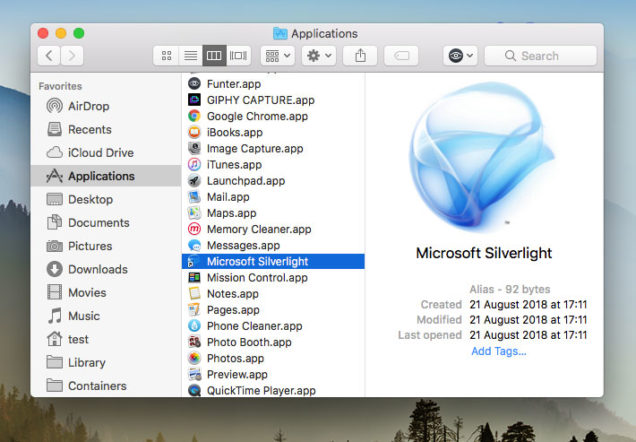

With the public release of Silverlight imminent, now is the right time to become familiar with the software and how it might affect your Web application strategy. I've been using Silverlight since I taught a course for internal Microsoft developers, shortly before the software's public unveiling as "WPF/E." I've written several books about Microsoft-based software development, such as Pragmatic ADO.Net ( Addison-Wesley Professional, 2002), I co-wrote four Microsoft developer certification books, and I have invested quite a bit of time in examining the promises that the company is making for this "Flash killer." It's always hard to be critical of software that isn't fully released yet - for one thing, it's impossible to point out serious bugs since they may be addressed by the time you fire up the development tool - but the following reflects my professional and technical judgment based on several months of hands-on experience. The Silverlight plug-in currently works with Internet Explorer and Firefox Web browsers on Windows and with Firefox and Safari on Mac OS X. The plug-in, currently available as a Release Candidate (which for all intents and purposes means it's released now), enables rich application development including media, interactivity and animation. recently announced Silverlight, a cross-platform, cross-browser plug-in for Web application developers.

However, implementing that strategy with rich Internet applications is not always as easy as it should be. Crafting a Web strategy is important for any thriving business.


 0 kommentar(er)
0 kommentar(er)
